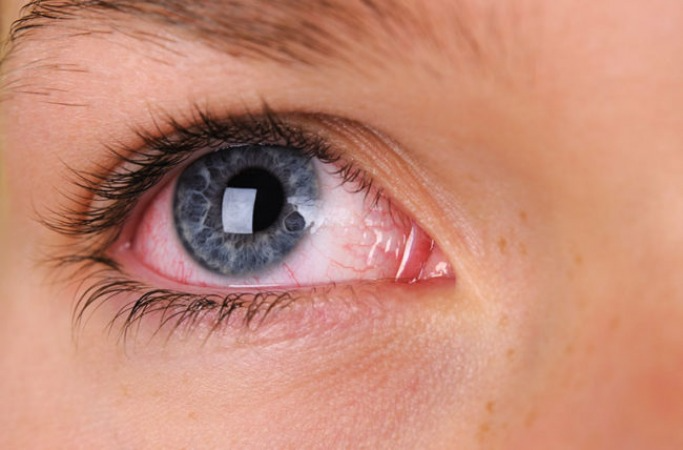Everything you Need to Know About Chemical Burn as a Lash Technician
It’s a heart stopping moment for a lash technician to hear that from a client that they have had an allergic reaction with bloodshot, itchy red eyes. But what may seem like an allergic reaction on the surface - is not always the case. If the reaction is instead chemical burn, while you can work to prevent it, it’s not your fault as a lash technician and shouldn’t knock your confidence down. So how can you tell the difference between chemical burn and allergic reactions?
The most common culprit of allergic reactions and chemical burns is the glue. More specifically, cyanoacrylate. You’ll know as well as anyone that cyanoacrylate is the main ingredient in any lash glue - it’s what makes the glue stick, basically. It also happens to be a pretty strong chemical so can cause irritation in some circumstances.
How do you tell one apart from the other? To put it simply, Chemical Burns are inside the eye - you’ll notice redness of the eyeball as they will be bloodshot, whilst Allergic Reactions are on the outside of the eye - they will cause the eyelids to swell up and become uncomfortable.
Chemical Eye Burn Symptoms
Chemical burns for lash extensions are usually mild and transient. They should NOT get worse after the inital reaction. The symptoms should clear up on their own in 24-48 hours . Early signs and symptoms of a chemical eye burn are:
Pain
Redness
Irritation
Tearing
Inability to keep the eye open
Sensation of something in the eye
Swelling of the eyelids
Blurred vision
If your customer is experiencing any of the above, you should recommend that they speak to their family doctor or a medical professional.
Who Can Get Chemical Burns?
In short, anyone. A chemical burn is a direct result of the eyes being open during treatment - if your client gets up to check their phone part way through; if their eyes are flickering because they’re a caffeine fiend (aren’t we all?) or because they’re chatty; if you were resting on the eyepatch with your isolation tweezers too hard and pushing the lower eyelid down (it’s easily done); or because they have bulbous eyes that won’t completely close.
How Can You Help Them?
Advise that they avoid caffeine for at least an hour prior to treatment - this will prevent their eyelids from flickering, and may also cause them to fall asleep, which will also prevent them from chatting so much.
Weigh down the top eyelid with foam tape or a sanitised coin to prevent it from moving too much and opening up during treatment.
Use foam tape instead of eyepatches under the eyes to prevent the fumes getting into open eyes - the extra thickness of the foam tape helps a lot with this, especially on clients with more prominent eyes!
Double check the placement of eyepatches. Eyepatches or tape being placed too high can cause discomfort which can make your client automatically open their eyes.
Use a lash mirror to check that the eyes are fully closed during treatment
Lighten the pressure on your isolation tweezers - this is so common and takes a little bit of practice but the more you take notice of this, the better!
Have them silence all alarms and their phone - this is a relaxing time, after all!
If someone has a chemical burn, can they have lashes again?
Yes! Just make sure their eyes are closed. Keep in mind that if the chemical burn will be happening every time your client is having her lashes done, she may become more prone to allergic reactions. That is why it is so important to avoid chemical burn!

